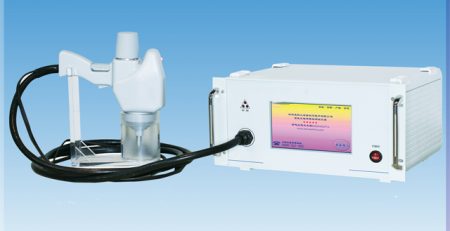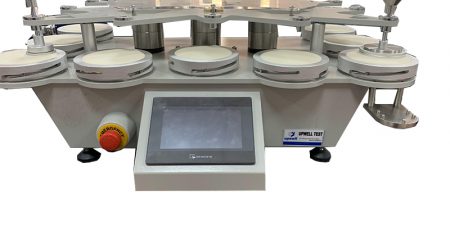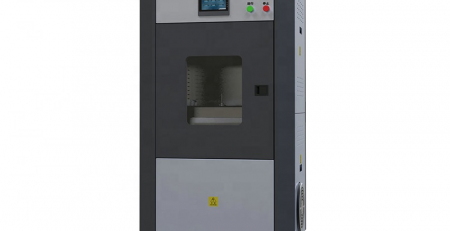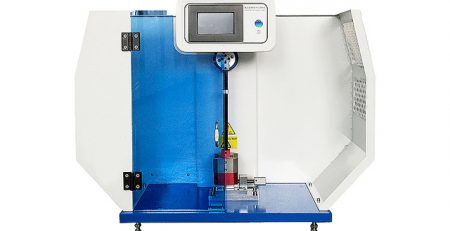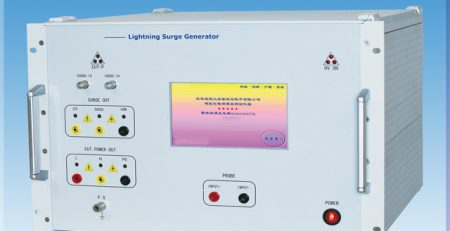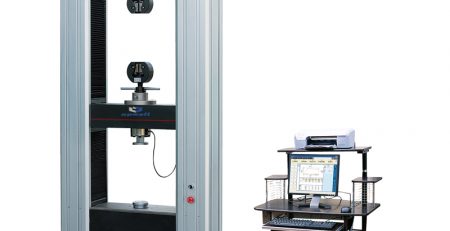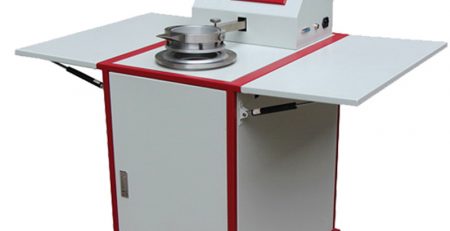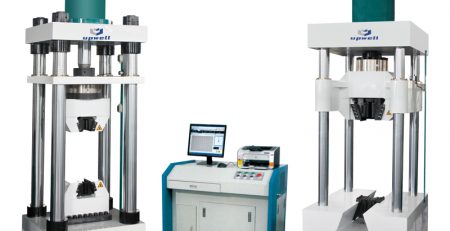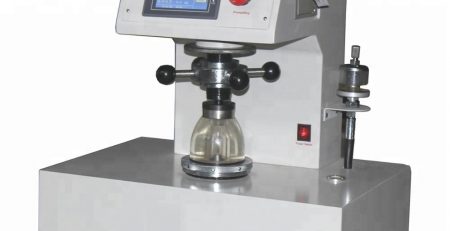The air permeability of fabrics is one of the important indicators of fabric performance. The air permeability of wearing fabrics directly affects the thermal insulation and comfort of clothing. The air permeability of some industrial textiles is also closely related to its function. Effect of air permeability of parachute and hose on its performance, etc. At present, there are many studies on the air permeability of textiles in China, but they are often limited to the qualitative analysis between the air permeability of fabrics and the influencing factors. Therefore, the relationship between fabric air permeability and its two most important influencing factors: fabric tightness and yarn linear density is quantitatively analyzed and studied, so as to provide a theoretical basis for the structural design, performance analysis and trial weaving of woven fabrics.
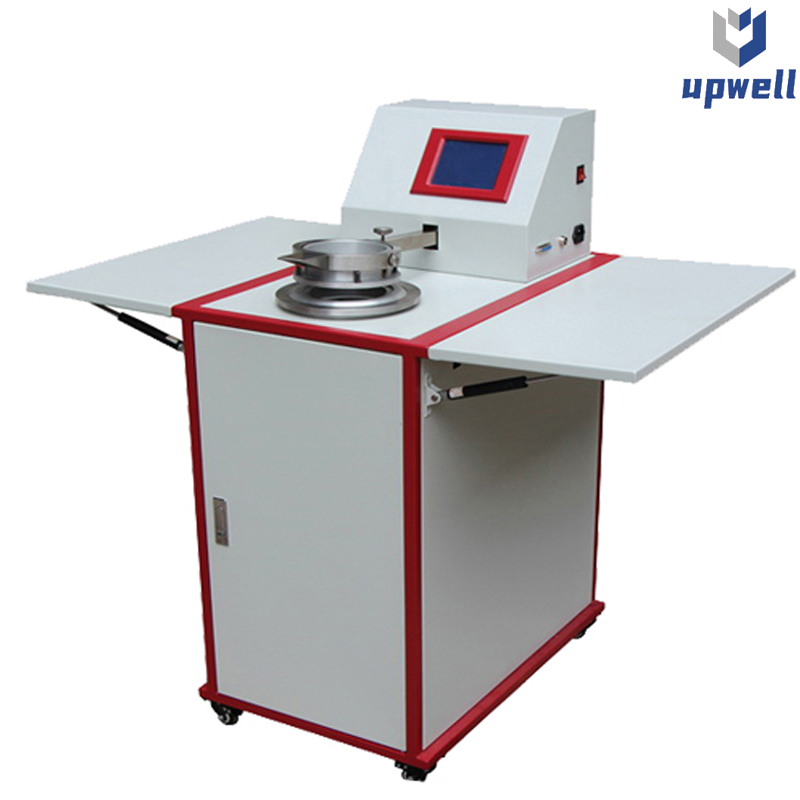
Air Permeability Test Machine
Analyze:
Effect of Yarn Linear Density on the Air Permeability of Fabrics
The effect of yarn linear density on the air permeability of fabric The tightness of the fabric was maintained at 80% to 85%, and the yarn linear density was increased from 12 tex to 65 lex, and the air permeability was measured.
It can be seen that the influence of the linear density of the yarn on the air permeability is that with the increase of the yarn specificity, the air permeability of the fabric shows an obvious upward trend, that is, the finer the yarn, the worse the air permeability of the fabric, which is mainly due to the yarn Thin, the gap between the fibers is small, and the air permeability is also small. However, when the yarn is too thin, the gap between the fibers is already very small. If the yarn density is reduced, the reduction of the fiber gap is not large, and the reduction of the air permeability will also decrease.
Influence of fabric tightness on fabric air permeability
(1) The yarn density was maintained at the level of 60 lex, the tightness of the fabric was increased from 83% to 105%, and its air permeability was measured.
(2) The yarn density was maintained at the level of 30 lex, the tightness of the fabric was increased from 75% to 107%, and its air permeability was measured.
(3) The yarn density was kept at the level of 70 lex, the tightness of the fabric was increased from 73% to 104%, and its air permeability was measured.
It can be seen that with the increase of the fabric tightness, the air permeability of the fabric decreases, and the relationship between the two is an exponential function. This is because as the fabric tightness increases, the interweaving gap between the warp and weft yarns decreases, which increases the time when the gas passes through the fabric. The viscous resistance to be overcome, the air permeability of the fabric decreases. When the fabric tightness increases to a certain level, the pores between the yarns in the fabric are already very small. Increasing the fabric tightness can only increase the extrusion of the fabric to the yarn. The porosity change is small, and the decrease in air permeability is also reduced.
Another important factor that affects the comfort of the fabric is the breathability of the fabric. Sportswear and windproof and coldproof clothing have higher requirements on the breathability of fabrics. Some industrial textiles, such as aircraft parachutes and filter cloths, have special requirements for the breathability of fabrics. Some industrial textiles, such as aircraft parachutes and filter cloths, have special requirements for the breathability of fabrics. The air permeability of the fabric is determined by the number and size of the warp and weft yarns and the fiber gaps in the fabric, and is also related to the warp and weft density, the special number of the warp and weft yarns, and the twist of the yarn. In addition, it is also related to factors such as fiber properties, yarn structure, fabric thickness and volume weight. That is, under the specified pressure difference between the two sides of the fabric, the air volume flowing through the unit area of the fabric per unit time, the unit is L/mm2s. Because the pressure difference is a necessary condition for air to flow, only when a certain pressure difference is maintained on both sides of the fabric to be tested can air flow in the fabric.
The air permeability test is based on a fixed differential pressure as the benchmark for the air permeability test. The pressure difference specified by the test standards of various countries is not consistent. For example, American ANSI/ASTM, K773, FS191/5450 and Japan’s JISL1096 specify 127.4Pa (13mm water column); French NF G07-111 specifies 196Pa (20mm water column); German DIN 53387 It is stipulated that clothing fabrics are 100Pa (10mm water column), parachute fabrics are 160Pa (16mm water column), filter fabrics and industrial fabrics are 200Pa (20mm water column); British BS5636 stipulates 98Pa (about 10mm water column), etc.; The fabric is 100Pa (about 10mm water column), and the industrial fabric is 200Pa (20mm water column).
The air permeability requirements of different fabrics are very different. Even if the same fabric has different requirements for use, the pressure difference between the two sides of the fabric is often different. down to test.
Any more detail please contact us info@upwelltest.com or www.upwelltest.com

